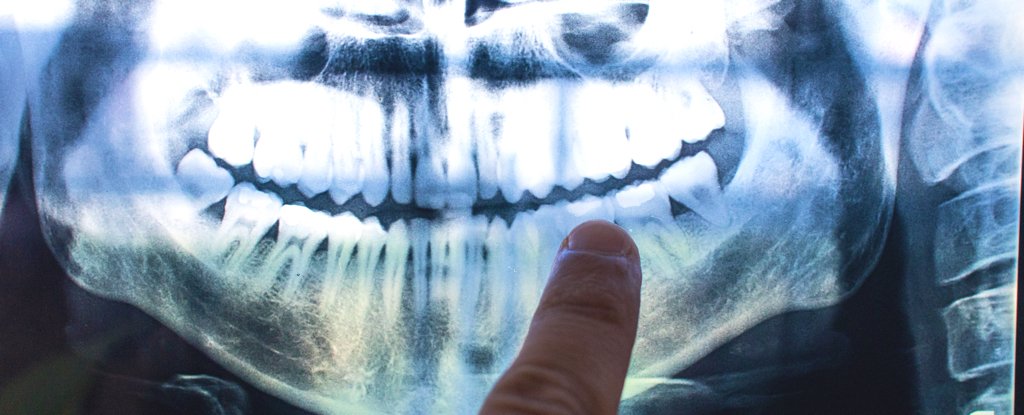Oral diseases, such as tooth decay and gum disease, are among the the most widespread chronic illnesses globally – affecting an estimated 3.5 billion people. They pose a significant problem not just because of how common they are, but because they can cause serious health complications.
For instance, untreated oral diseases can lead to pain, infection and potentially even tooth loss. Research also shows gum disease has a bidirectional relationship with several other serious diseases – including cardiovascular disease, diabetes, Alzheimer’s disease, rheumatoid arthritis and cancer.
Furthermore, oral diseases have a significant economic burden and are the fourth most expensive group of diseases to treat globally. They also have the indirect cost of productivity losses due to absence from work and school.
Being able to take care of your oral health is extremely important. But with a shortage of NHS dentists and a growing number of people struggling to access dental care – coupled with the UK’s ageing population – it could mean millions more will have oral diseases in the next couple of decades if these problems aren’t addressed soon.
My colleagues from the University of Greenwich and Cape Western Reserve University and I have forecast what the future of oral health could look like in the UK.
Using advanced modelling techniques, we were able to predict the prevalence of tooth decay and gum diseases in UK adults from 2020 to 2050. We found that over half of the UK’s population could be living with some form of dental disease by 2050.
We input data from the UK’s 2009 Adult Dental Health Survey (ADHS) into a simulation model. The model used complex equations to create the projections of tooth decay and gum disease.
Participants were divided into groups according to their oral health status. Then, each group was split further into three categories depending on the presence and severity of the person’s condition.
Based on these results, we project that overall the number of people living with gum disease is set to increase from 42% of the UK’s population to 54% of the population by 2050.
The number of people exhibiting signs of gum disease (such as gum pockets and gum tissue loss) is expected to rise from 25.7 million in 2020 to 28 million by 2050. The number of people with gum tissue loss alone is projected to increase from 18.7 million in 2020 to nearly 21 million by 2050.
For adults who will be aged 16 to 59 in the year 2050, the outlook is somewhat positive. The number of people with tooth decay is expected to decrease slightly from 15.7 million in 2020 to 15.5 million by 2050 – a 1.5% decline.
But for those who will be aged 60 and over in 2050, the outlook is less positive. The number of over-60s with tooth decay is projected to nearly double from 5 million in 2020 to 9.6 million by 2050.
Overall, the burden of tooth decay and gum diseases is anticipated to shift from younger adults (16–59 years) to older adults. This highlights just how important it is that people currently in their 30s and 40s have access to good dental care now – and as they age.
As the model used population-based data from the 2009 ADHS survey, this means that one limitation of our study is that the model assumes the prevalence rates for dental diseases remain constant over time.
It will be important for future studies to look at more recent survey data to get a more accurate projection of the future of oral health in the UK.
Improving oral health
Our study did not investigate why the picture of oral health looks so bleak in the future. But many factors are known to contribute to poor dental health – including poor oral hygiene (such as not brushing twice daily or smoking), infrequent access to dental care and low socioeconomic status.
With reports that the pandemic has only compounded existing issues with accessing dental services in the UK, change needs to happen soon – otherwise the picture of oral health for British adults is bleak.
The new Labour government has a crucial opportunity to be proactive rather than reactive in planning for future oral health needs. This means putting more services in place now to meet the needs of our ageing population.
If these challenges aren’t promptly addressed, projected oral health outcomes could deteriorate even further than predicted.
Some of the proactive measures that might be introduced include integrating oral healthcare into general medical care and focusing on preventative measures – such as improving access to quality dental services, enhancing early screening programmes and making sure dental issues are treated promptly.
Investing in oral hygiene education programmes may help to improve oral health literacy early on. Water fluoridation also remains essential in preventing tooth decay.
On an personal level, there are many things you can do to look after your oral health – such as brushing twice daily, flossing, reducing sugar consumption, quitting smoking and moderating alcohol intake.
Try to see your dentist regularly for a check-up if you can – ideally every two years at least, if you don’t have any problems. If you do notice any changes in your oral health, make an appointment as soon as possible.
Amal Elamin, Senior Lecturer in Public Health, University of Greenwich
This article is republished from The Conversation under a Creative Commons license. Read the original article.





